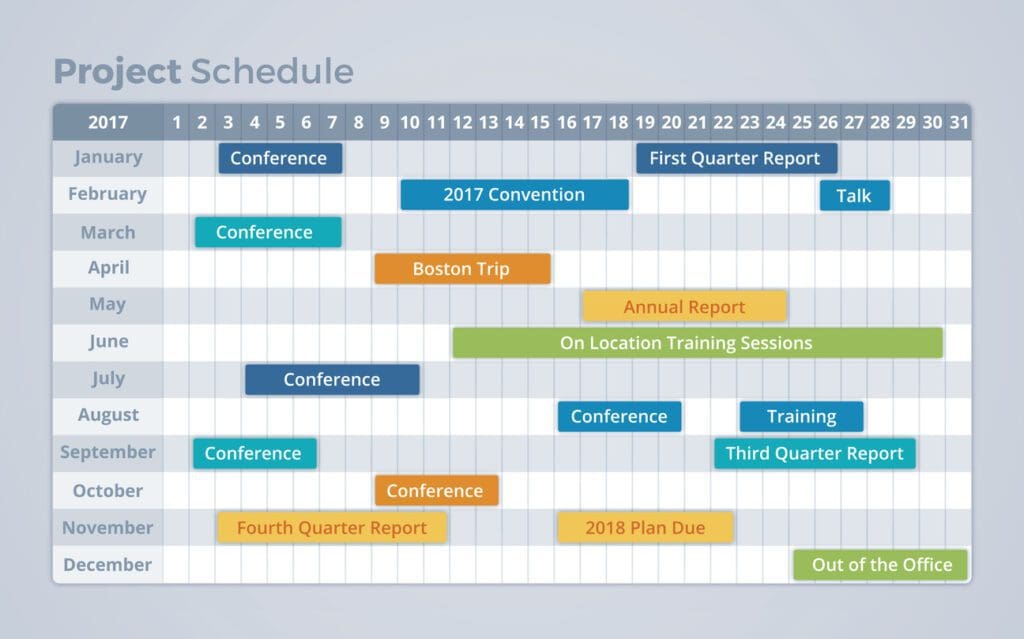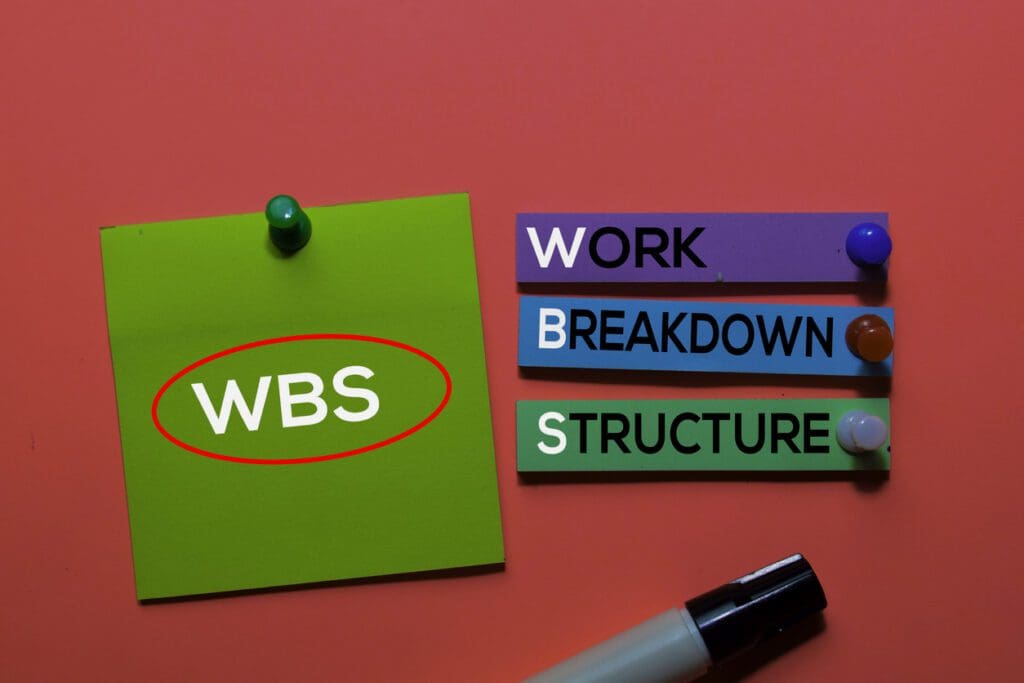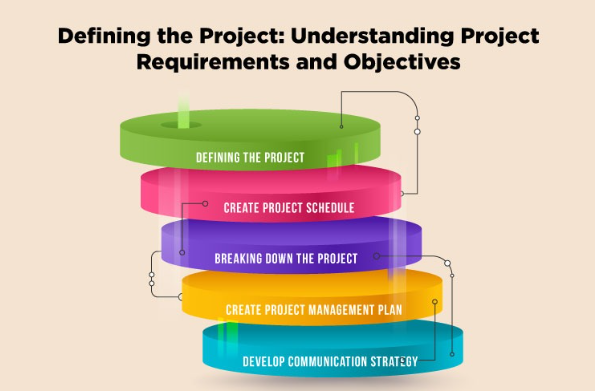Table of Contents
The Importance of Project Planning: Key Factors for Success
In today’s fast-paced business environment, project planning is a critical success factor for any project. Projects can quickly become disorganised without proper planning, leading to missed deadlines, cost overruns, and lower-quality work.
Project planning helps all stakeholders clearly understand the project objectives, timelines, and deliverables. This article will discuss the key components of project planning, the planning process, and the importance of project planning in achieving project success.
Importance of Project Planning for Project Success
Project planning is critical and must be considered. Effective project planning provides a clear roadmap for the project team, ensuring everyone is working towards the same goals.
It helps identify potential risks and challenges early on, allowing the team to develop strategies to mitigate them. Proper planning also contributes to completing the project on time and within budget while fulfilling the specified quality standards.
How to Create a Project Plan? – The Planning Process
A project’s success depends on several stages of creating the project plan. These steps include defining the project, creating a project management plan, breaking down the project, creating a project schedule, and developing a communication plan. Let’s walk through these steps one by one in greater detail.
Defining the Project: Understanding Project Requirements and Objectives
Defining the project is a critical component of project planning. It involves identifying the project objectives, scope, and requirements. It also involves identifying the stakeholders involved in the project and any constraints or limitations that may impact the project.
Identifying the Project Objectives
The first step in defining the project is to identify the project objectives. This involves determining what the project is intended to achieve and any desired goals or outcomes.
Identifying the Project Scope
The second step in defining the project is to identify the project scope. This involves determining the project’s boundaries and what is included and excluded from the project.
Identifying Project Requirements
The third step in defining the project is to identify the project requirements. This involves determining what is needed to achieve the project objectives, including resources, budget, and timelines.
Identifying Project Constraints
The final step in defining the project is to identify any constraints or limitations that may impact the project. This includes identifying regulatory, legal, or technical constraints that may impact the project.
Creating a Project Schedule: Importance and Steps Involved
Creating a project schedule is a critical component of project planning. The project schedule helps to ensure that the project is completed on time and that all tasks are completed in the correct sequence. The importance of creating a project schedule cannot be overstated. Let’s examine the procedures for developing a project schedule in more detail.


Step 1: Identify the Tasks
Finding the tasks that must be done to accomplish the project’s goals is the first step in constructing a project schedule. This divides the project into smaller, easier-to-manage components and determines the actions needed to finish each component.
Step 2: Determine the Sequence of Tasks
The second step in creating a project schedule is determining the sequence of tasks. Finding the critical path, or the order of jobs that must be finished on time for the project to be finished on schedule, is a necessary step in this process.
Step 3: Estimate the Duration of Each Task
The third step in creating a project schedule is to estimate the duration of each task. This involves determining how much time is required to complete each task, considering any dependencies or constraints.
Step 4: Develop the Project Schedule
The fourth step in creating a project schedule is to develop the project schedule. This requires visualising the project plan, including each activity’s start and end dates, using a tool like a Gantt chart.
Step 5: Monitor and Control the Project Schedule
The final step in creating a project schedule is to monitor and control the project schedule. This entails monitoring development compared to the project timeline, recognising any delays or problems, and implementing fixes to get the project back on track.
Breaking Down the Project: Work Breakdown Structure and Defining Project Tasks
Breaking down the project is a critical component of project planning. It entails breaking the undertaking down into more manageable, smaller parts. This helps to ensure that each task is clearly defined and that the project team knows what is expected of them. The work breakdown structure (WBS) is a common tool that breaks down the project into smaller, more manageable tasks.


Work Breakdown Structure
The work breakdown structure (WBS) divides the project into smaller, simpler operations hierarchically. The WBS starts with the project deliverables and breaks them down into smaller tasks until each task is small enough to be managed by a single person or team.
Defining Project Tasks
Defining project tasks involves identifying the tasks required to complete each component. This includes identifying the resources required for each task and any dependencies or constraints that may impact the task.
Key Elements of a Project Management Plan
The project management plan is a critical component of project planning. It outlines how the project will be executed, monitored, and controlled. The essential components of a project management strategy comprise the project scope, schedule, budget, quality, resources, and risk management.
Project Scope
The project scope outlines what is included and excluded from the project. It also includes the project objectives, deliverables, and milestones.
Project Schedule
The project schedule outlines the timeline for the project, including the start and end dates for each task. The essential path, or the order of work that must be finished on time for the project to be finished on time, is also included.
Project Budget
The project budget outlines the financial resources required to complete the project. This includes estimates for labour, materials, and other expenses.
Project Quality
The quality requirements that must be completed for the project to succeed are in the project quality plan. This includes identifying quality metrics and establishing a process for monitoring and measuring quality.
Project Resources
The project resources plan outlines the human and physical resources required to complete the project. This includes identifying the roles and responsibilities of the project team, as well as any external resources required.
Risk Management
The risk management plan outlines the strategies for identifying, assessing, and mitigating risks associated with the project. This includes identifying potential risks, developing risk mitigation strategies, and establishing a process for monitoring and controlling risks.
Significance of Monitoring and Controlling in the Project Management Process
Monitoring and controlling are critical components of the project management process. Monitoring involves tracking progress against the project schedule and identifying delays or issues. Controlling involves taking corrective action to get the project back on track. These procedures aid in ensuring that the project is finished on schedule, on budget, and to the required level of quality.
Developing a Communication Strategy in Project Planning
Any project must have effective communication if it is to succeed. A communication strategy aids in ensuring that all parties participating in the project are kept informed and that any problems or complaints are promptly resolved. The communication plan outlines how the information will be communicated to stakeholders, including the frequency and format of communication and the stakeholders responsible for communicating information.
Deliverables and Completion: Ensuring Project Success
Deliverables and completion are critical components of project planning. Deliverables are the project’s physical products, such as reports, software programs, or structures. Ensuring all deliverables are finished on schedule, within budget, and to the required quality standards constitutes completion. Ensuring project success requires careful planning, effective communication, and a focus on delivering high-quality work.
Tools for Project Planning: Gantt Chart and Project Management Software
Several tools are available to help with project planning, including the Gantt chart and project management software. Each work’s start and end dates are included in the Gantt chart, which visually represents the project timeline. Project management software helps automate many tasks associated with project planning, including scheduling, task management, and resource allocation.


Conclusion: The Importance of Project Planning in Achieving Project Success
Project planning is a critical success factor for any project. With proper planning, a project can quickly become manageable, leading to missed deadlines, cost overruns, and lower-quality work. Effective project planning provides a clear roadmap for the project team, ensuring everyone is working towards the same goals.
Project managers can ensure project success by following the key components of project planning, developing a detailed project management plan, and using tools such as Gantt charts and project management software.
Sign up for free to execute your goal-planning strategies starting today!



